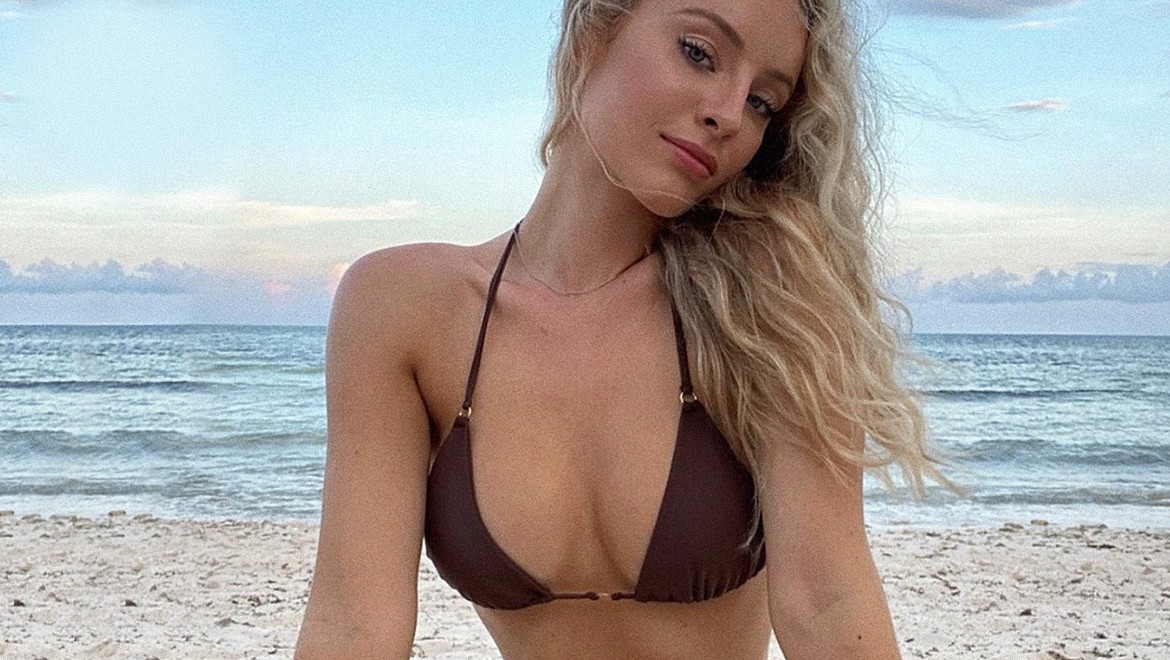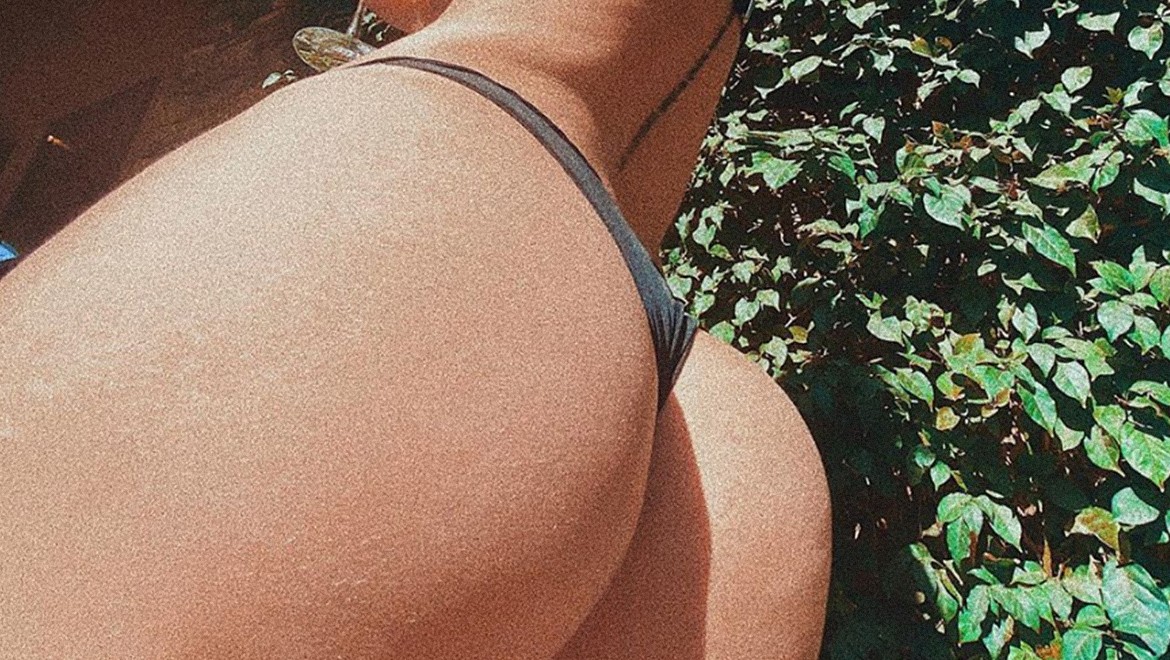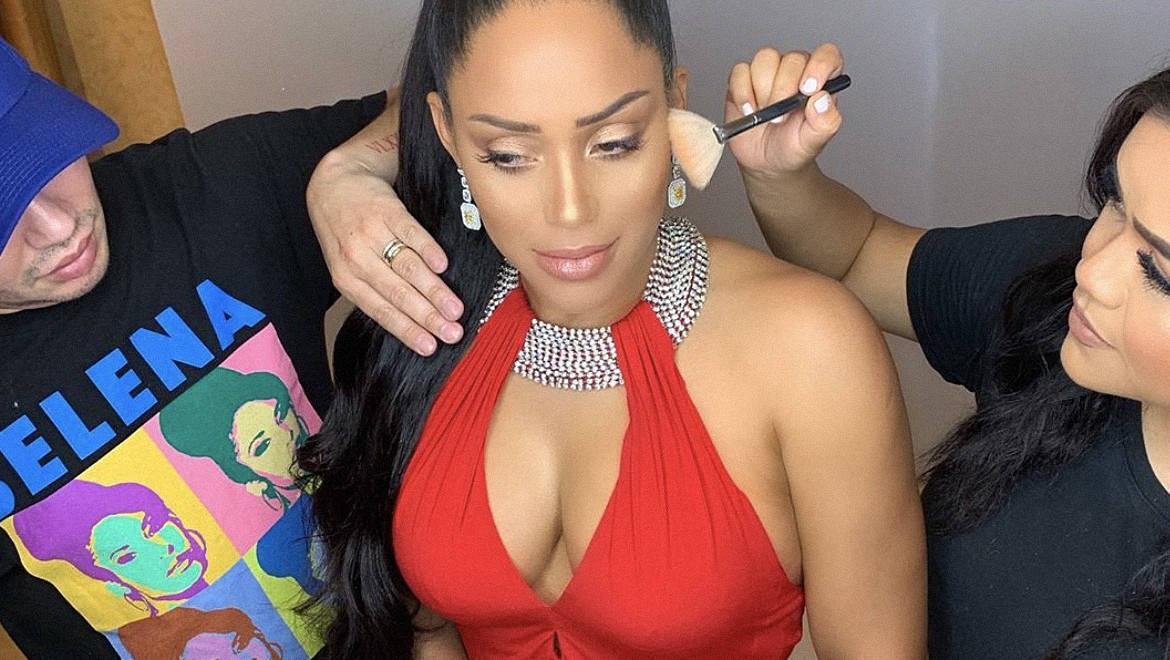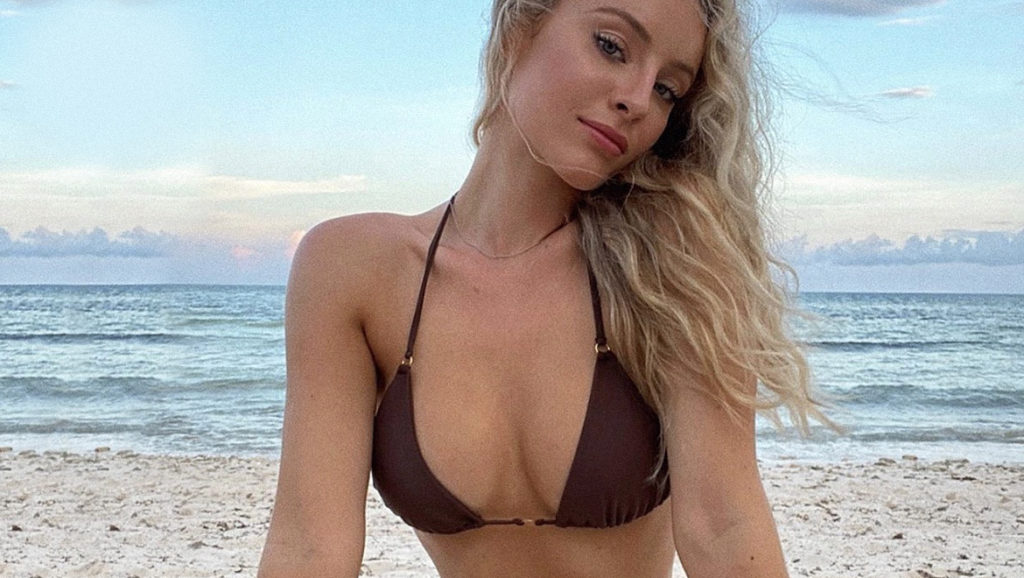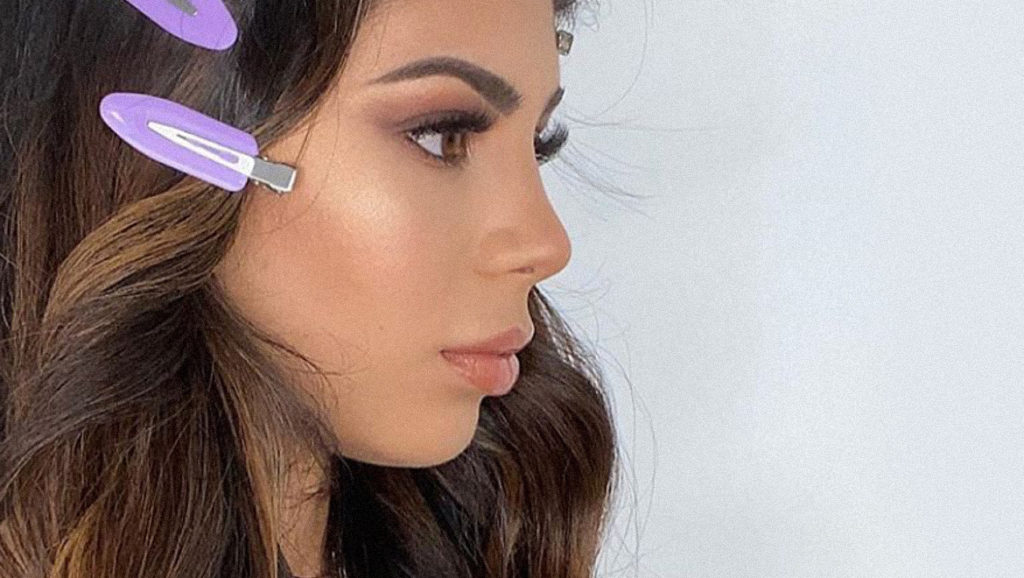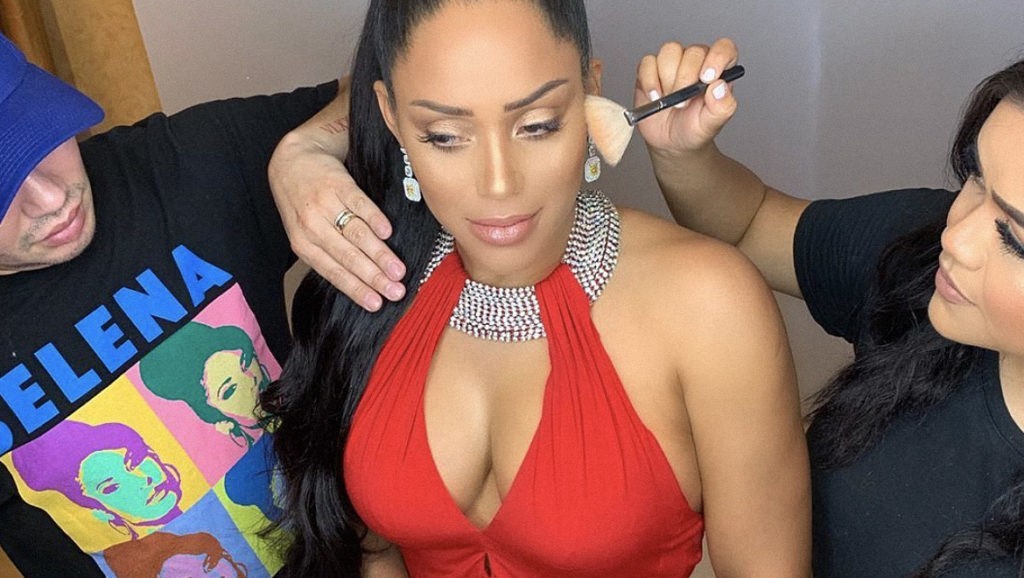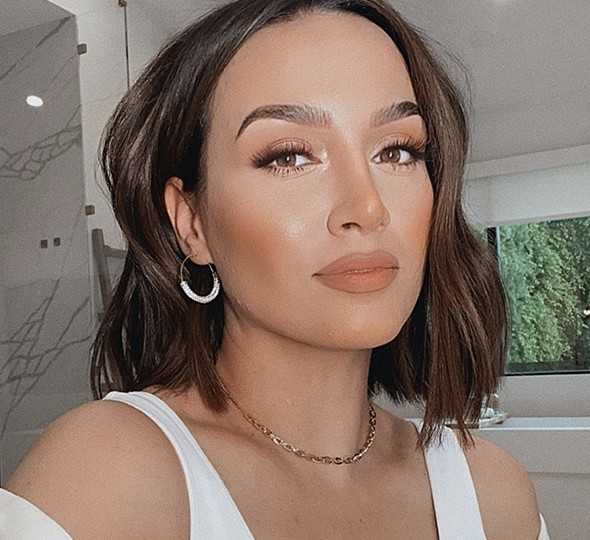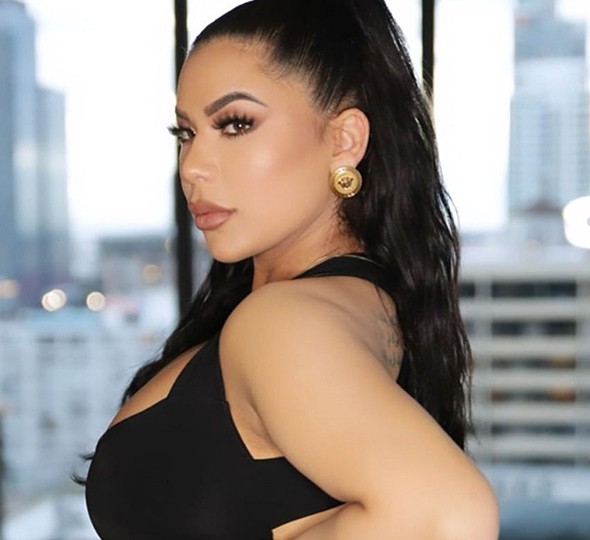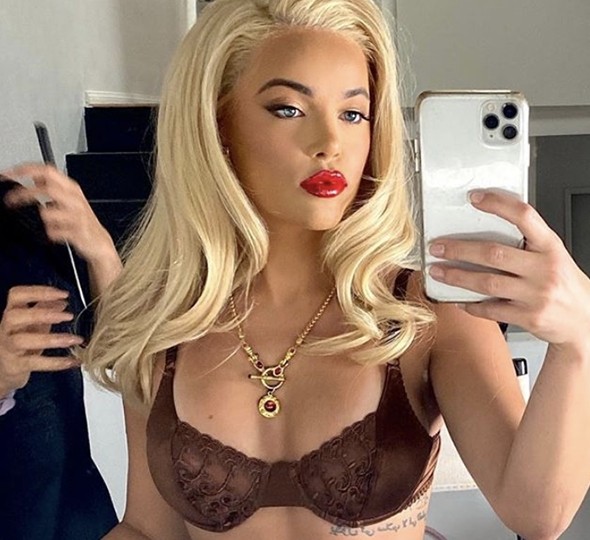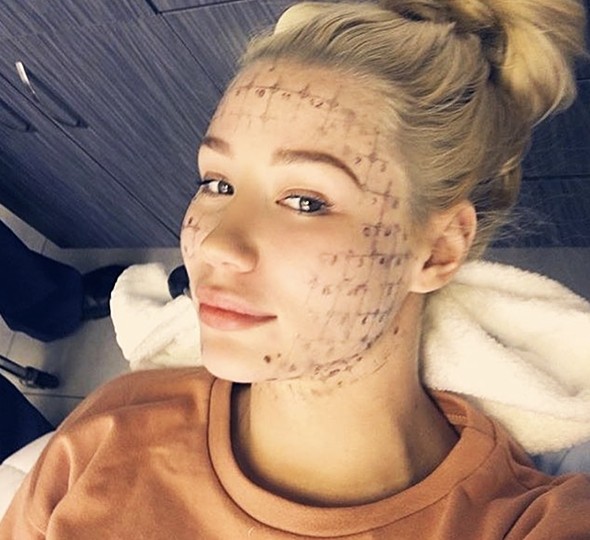An Effective and Simple Approach to More Aesthetic and Predictable Lower Eyelid Surgery
Plastic Surgeons in the field of blepharoplasty (plastic surgery on the eyes) are always looking for innovative ways to provide safer and more aesthetically pleasing results for their patients. In the past, some traditional methods have left patients with a hollowed out appearance that gives their eyes a prematurely aged look and distorts their facial features. Dr. Ashkan Ghavami, also known for quick recovery breast augmentation, buttock shaping with fat transfer, and rhinoplasty in Beverly Hills, has conducted research in the area of periorbital (eye region) rejuvenation while receiving prestigious society awards for these advances. At his sought after Beverly Hills plastic surgery clinic, he offers a comprehensive five-step procedure for improved lower eyelid surgery that addresses all aspects of eyelid aging. This technique was recently published with colleagues in the PRS journal and developed by the lead author of the study, Dr. Rod J Rohrich.
In simplest terms, the success of this five-step approach relies on not taking too much away. By preserving fat and eyelid muscles, and blending lower eyelid fat with cheek fat, Dr. Ghavami is able to maintain and enhance the natural shape of the face. The first step is augmenting the supportive deep malar fat compartment. Dr. Ghavami injects fat deep to achieve suitable postoperative contour and position. Restoring the deep malar fat compartment also sets the stage for correcting the deep groove under the lower eyelid that surgeons call the “tear trough.” For severe cases, bone substitute can be molded directly on to the cheek-bones before fat is transferred closer to the skin.
The second step involves the preservation of the lower lid orbicularis oculi muscle. Conservative fat removal (if at all) protects the eyes from becoming dry as a result of aging. Once this is done, the third step requires the selective release of the orbicularis retaining ligament (ORL). Dr. Ghavami and colleagues helped define this critical structure in a published research article. The combination of the ORL release and the earlier deep cheek fat augmentation serves to seamlessly blend the eyelid-cheek junction and provide essential support to the lower lid so it does not look like it was operated on.
The fourth step is the strengthening of the lateral canthal support (lateral retinacular canthoplexy), which tightens the corners of the eyelids so they don’t droop after surgery. Finally, with the last maneuver, a minimal amount of skin is excised (if necessary). A so-called skin pinch or pinch blepharoplasty is sufficient in most cases. It is important not to remove too much at this point. By using all these steps, problems are prevented and effective lower eyelid rejuvenation is accomplished.
The blending of the eyelid-cheek transition zone, by disrupting the orbicularis ligament and filling the deep malar fat compartment, is essential for optimal results. If you are interested in learning more about this procedure, along with other options provided by Dr. Ghavami, such as Beverly Hills breast augmentation, open and closed rhinoplasty, revision rhinoplasty, ethnic rhinoplasty, and buttock augmentation with fat transfer in Los Angeles, please visit online at
https://www.ghavamiplasticsurgery.com/procedures/face/beverly-hills-blepharoplasty/





